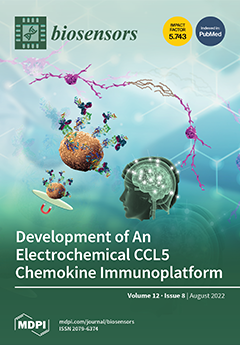There is no consensus on the role of electromyographic analysis in detecting and characterizing the asymmetries of jaw muscle excitation in patients with temporomandibular disorders (TMD). To analyze the TMD patients (
n = 72) in comparison with the healthy controls (
n
[...] Read more.
There is no consensus on the role of electromyographic analysis in detecting and characterizing the asymmetries of jaw muscle excitation in patients with temporomandibular disorders (TMD). To analyze the TMD patients (
n = 72) in comparison with the healthy controls (
n = 30), the surface electromyography (sEMG) of the temporalis anterior muscle (TA) and masseter muscle (M) was recorded while a maximal biting task was performed. The differences in the asymmetry of the relationship between the masseter muscles were assessed in a module to determine the sensitivity (Sn) of binomial logistic models, based on the dominance of the TA or the M muscle, in accurately predicting the presence of TMD. All assumptions were met, and comparisons between the groups showed significant differences for the TA muscle ratio (
p = 0.007), but not for the M muscle ratio (
p = 0.13). The left side was predominant over the right side in the TMD group for both the TA (
p = 0.02) and M muscles (
p = 0.001), while the non-TMD group had a higher frequency of the right side. Binary logistic regression showed a significant model (χ
2 = 9.53;
p = 0.002) for the TA muscle with Sn = 0.843. The model for the M muscle also showed significance (χ
2 = 8.03;
p = 0.005) with Sn = 0.837. The TMD patients showed an increased TA muscle ratio and asymmetry of left dominance, compared to the healthy subjects. Both of the binomial logistic models, based on muscle dominance TA or M, were moderately sensitive for predicting the presence of TMD.
Full article






